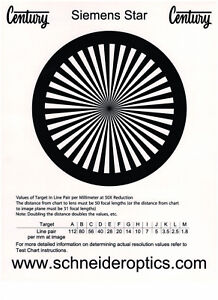

If the tilt is side-to-side, the top and bottom of the image might be fine, but both sides soft. In this case one axis may remain sharp, but the other will be out of sorts.

Strictly speaking this is not decentering, but since it can have similar effects, people often say a lens is decentered when in fact it’s tilted. If either of these adjustable elements are out of alignment, you have a decentered lens.Īn element can also be tilted to one side or another. The front element is often a centering element, with the rear element being the second most common centering element. Which element that is varies depending on the lens type and design. Or it may just be soft and blurry everywhere. Most lenses have one or more elements that are adjusted to correct centering. A decentered lens may be normally sharp in the center, but very soft in the corners. In most cases it causes softness, especially away from the center of the lens. In severe cases it could result in halos or ghosting. This would prevent the curved surfaces of the lens from bending the light properly. Strictly speaking, decentering would involve one or more of the lens elements being off of the central axis of the lens.


 0 kommentar(er)
0 kommentar(er)
